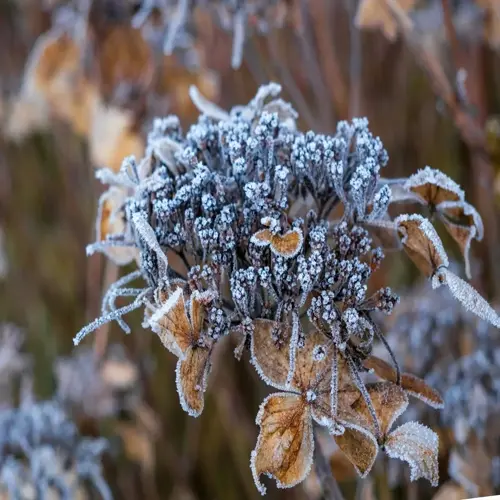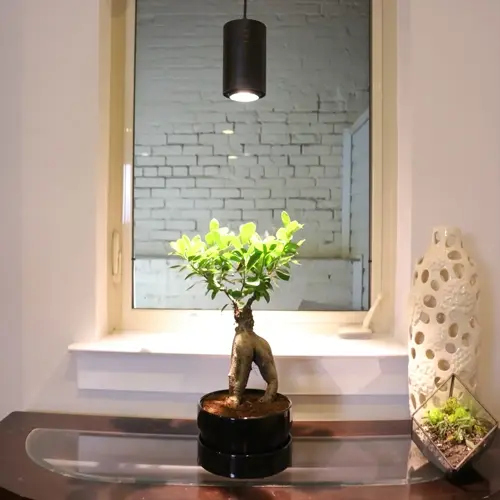Can plants thrive without any natural sunlight?

Written by
Olivia Mitchell
Reviewed by
Prof. Samuel Fitzgerald, Ph.D.Plants can, without a doubt, grow perfectly well without natural sunlight using full-spectrum grow lights that are set up correctly. Choose species that have evolved in low-light forest understory environments, such as Snake Plants or ZZ Plants. Keep the lighting duration as close to 12-16 hours as you can using programmable timers. Use reflective materials, such as Mylar panels, to create a visual aid that helps with light distribution, improving efficiency by approximately 30%.
Plant Selection Criteria
- Choose species with natural low-light adaptations
- Prioritize slow growers with low metabolic demands
- Avoid plants requiring high UV or infrared wavelengths
- Select varieties with proven indoor success records
Light Environment Setup
- Full-spectrum LEDs covering 400-700nm PAR range
- PPFD intensity between 50-350 μmol/m²/s
- Vertical spacing adjusted for canopy penetration
- Reflective surfaces on all walls maximizing efficiency
Establish efficient lighting spaces in areas that do not have windows. Hang full-spectrum, LED panels with adjustable hanging systems. Use pebble trays to maintain a humidity level of 50-70%. Place oscillating fans in strategic placement for air circulation to avoid fungal growth.; Reflection surfaces, such as white walls, can maximize the distribution of light and ensure that it is distributed evenly.
Keep a close eye on the plants for any signs of adaptation. New growth should be evident in 4-6 weeks at normal rates. Leaves oriented to the lights means intensity is correct. Keeping colors shows an adequate spectrum. Yellowed leaves should be inspected right away for root health and nutrient levels.
Troubleshoot typical problems with artificial environments if the plant has caused a leggy growth pattern. Increase light intensity by 20%. If the plant has experienced tip burn on the leaf edges, regularly perform a soil flush to prevent further damage. Use blue-spectrum dominant lights during vegetative stages. Similar to the emphasis on the red spectrum when promoting flowering in compatible species.
Read the full article: Indoor Plant Lighting Essentials Explained

